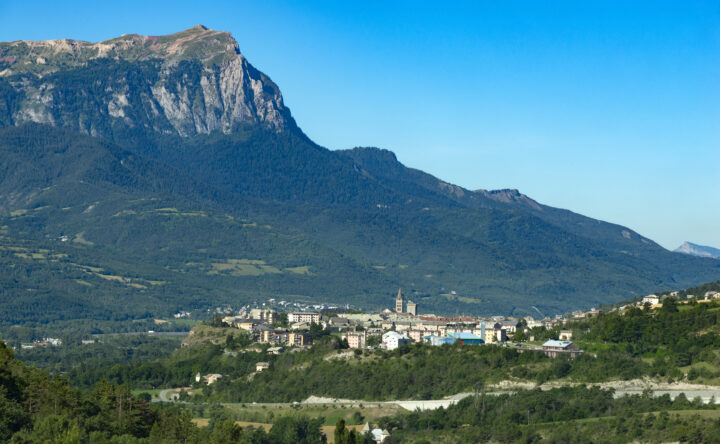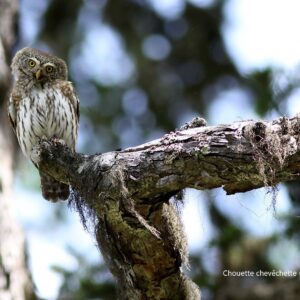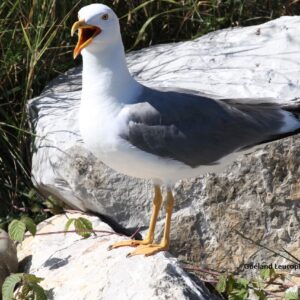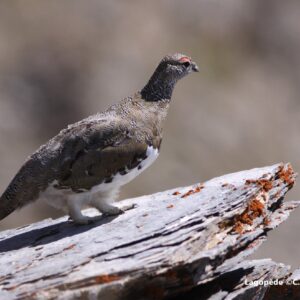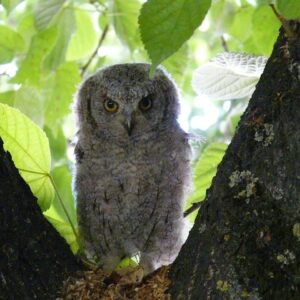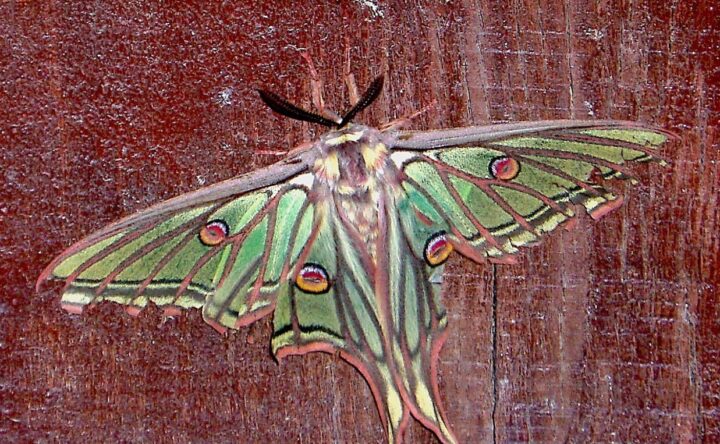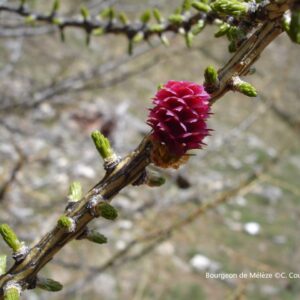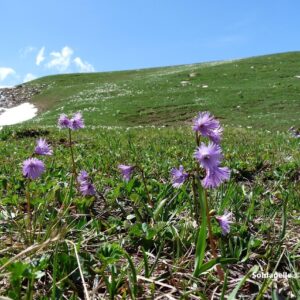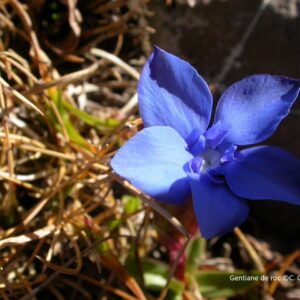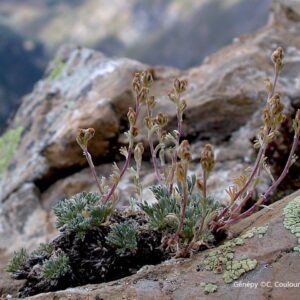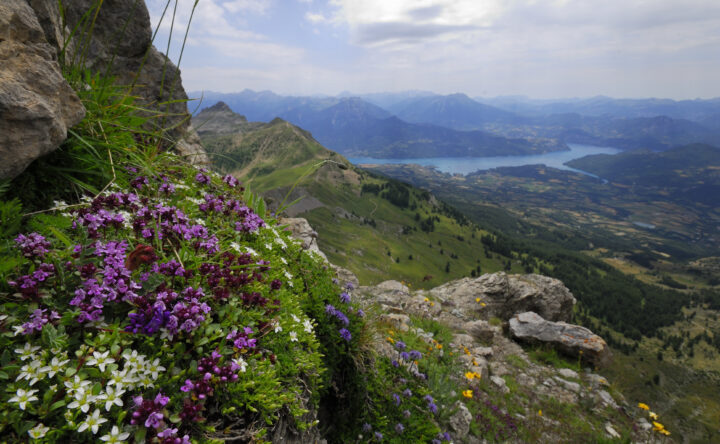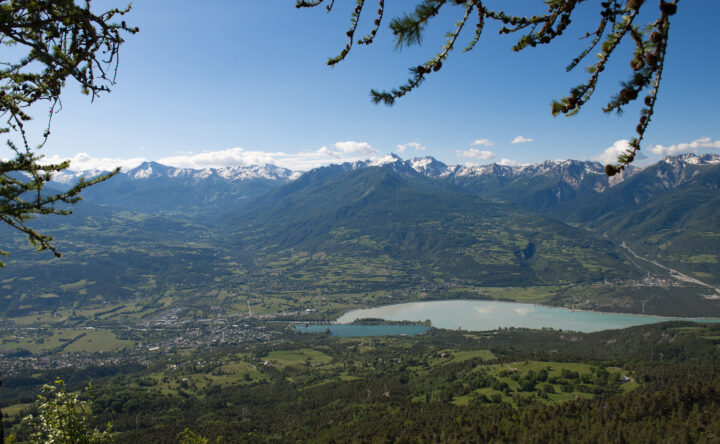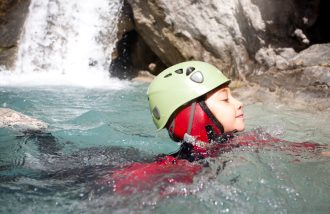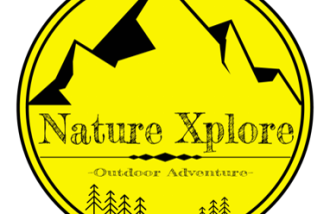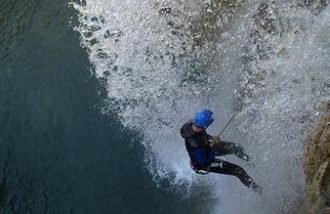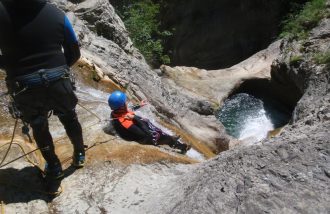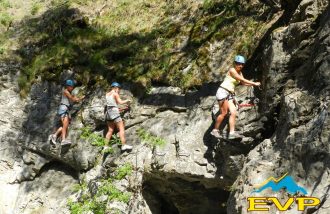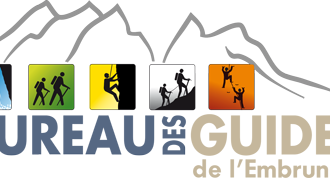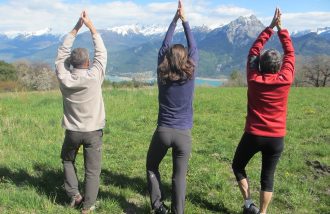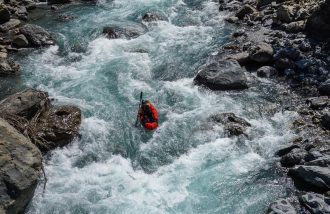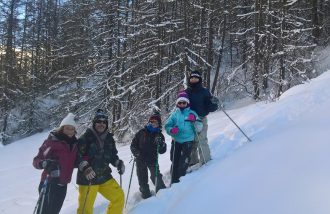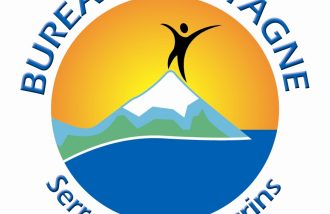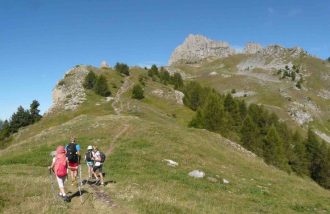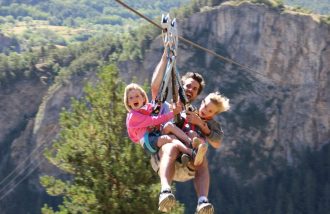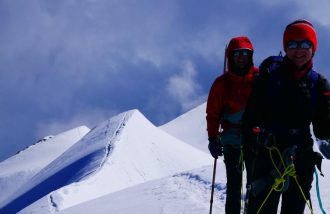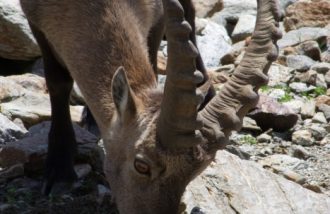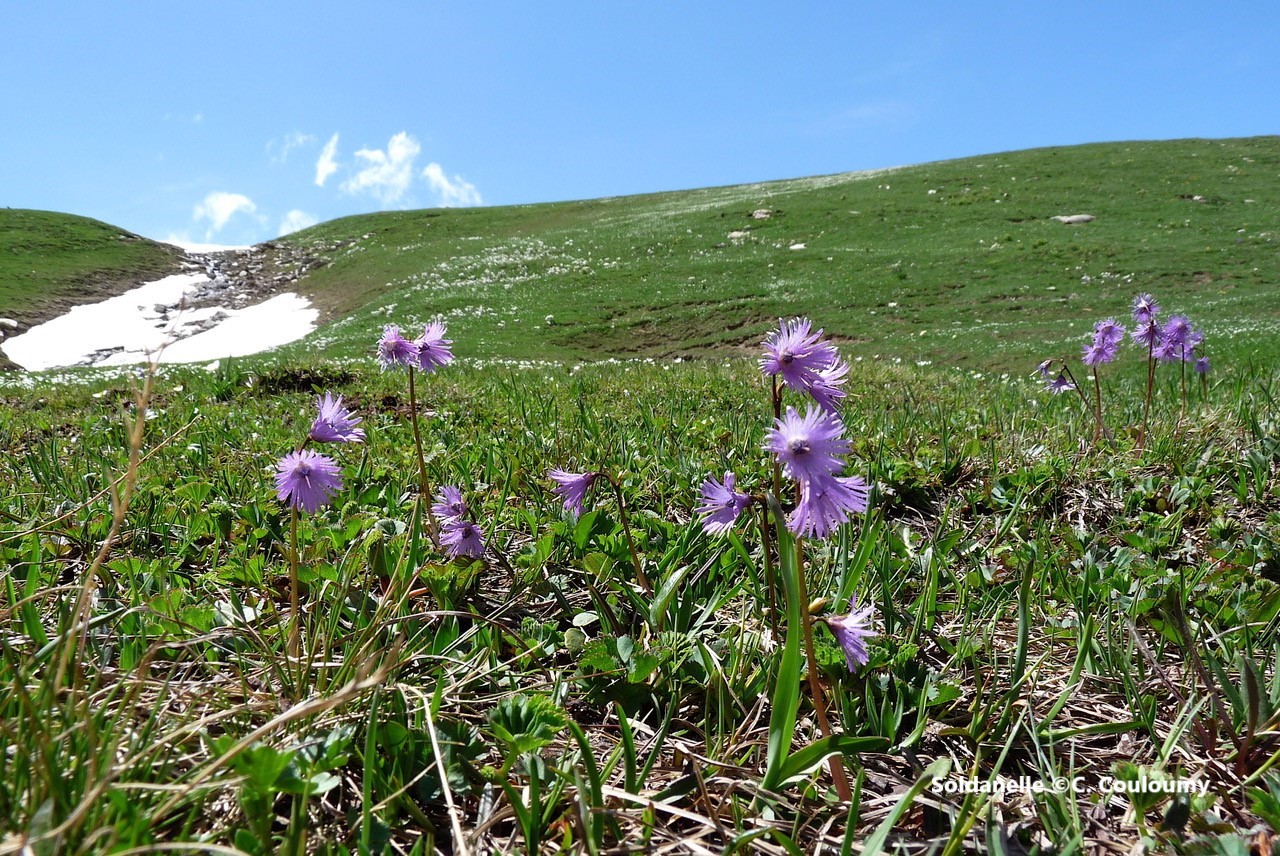

Can you introduce yourself and tell us about your career in the natural world?
My professional career consists mainly of 42 years spent in the service of nature in the Ecrins National Park From Vallouise, through Oisans to Embrunais. Before becoming an elected official for the commune of Embrun, I was head of the Embrunais sector. Now retired, I remain involved in public life within the municipality, where I am committed to promoting the issues of sustainable development and biodiversity.
Are you originally from Serre-Ponçon?
No, I was born in Paris, where I attended the Ecole Nationale de Chimie, which I left before the end of the course to head for the mountains, the call being too strong. First it was via mountaineering and skiing as an instructor at UCPA, before moving on to the theme of Nature.
-
Why did you choose Serre-Ponçon as the location for your business?
I was clearly attracted by the light of the Embrunais region, this mix of southern and alpine influences. I had no ties whatsoever before coming to this region. Some of my children grew up here and I spent most of my life here. My wife, originally from Normandy, followed exactly the same path, and to this day we are in total admiration of the beauty of this region.
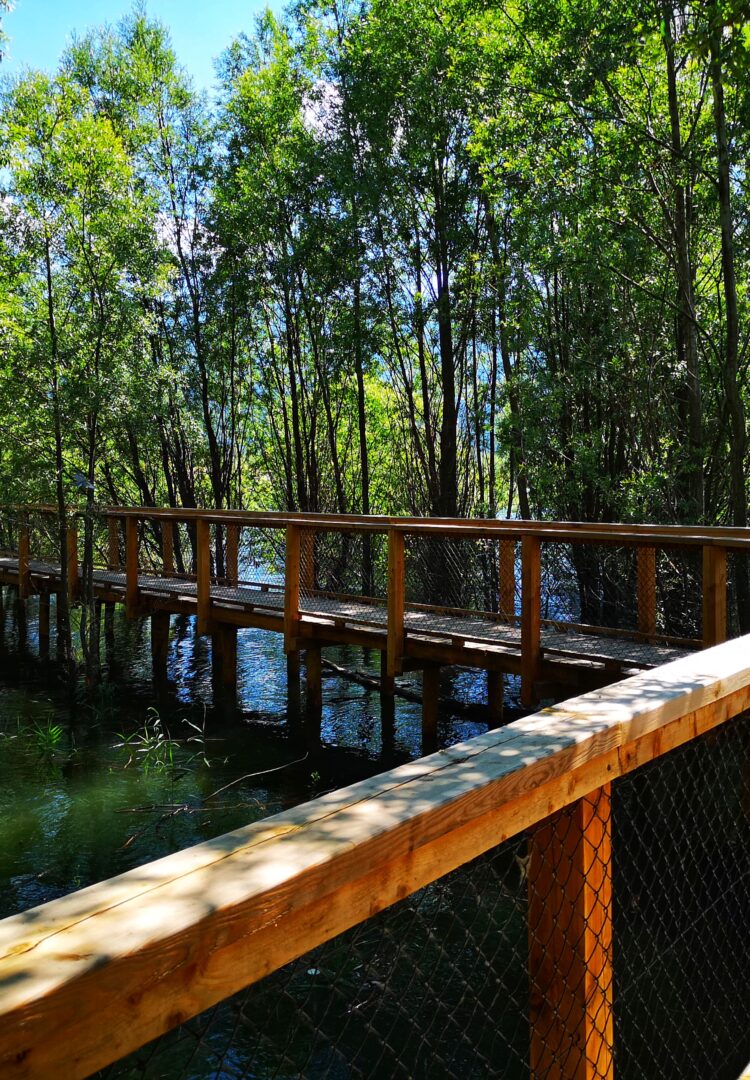
Which animal species are emblematic of Serre-Ponçon?
Lake and mountains are linked. The breath of Provence reminds us that the "south" is not far away. Embrun, perched on its rock, backs onto the Ecrins massif; on one side are the high mountains and on the other the Lac de Serre-Ponçon, a marriage that explains the exceptional biodiversity that characterizes the region. As a result, we find Mediterranean species such as the Yellow-legged Gull and other southern witnesses such as certain cicadas and, much higher up, the rock ptarmigan, which lives its secret existence close to the summits. What's even more surprising is the contrast between Provençal and boreal species. On the same territory, you can come across the Tengmalm's owl and the little owl, as well as cicadas and the Isabelle butterfly, endemic to the Hautes-Alpes and Ubaye.
Where can you see them?
We can observe them on the Serre-Ponçon lakein the Liou area area, for example, on the Mont-Guillaume side, or by hiking in the remote areas of the Ecrins National Park.
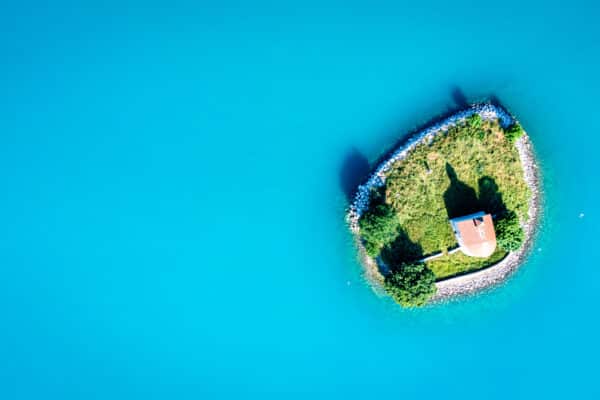
-
Any tips for observing them?
Everything we observe is a surprise, a gift. Nothing is written in advance in nature! We need to be discreet, respectful, our "sensory radar" connected to the environment. Humility and openness are the best advice: animals are at home here, and our presence can be perceived as intrusive. Silence, listening, smell, touch - all our senses need to be alert.
If you've prepared yourself for the "wild encounter", it's like at the opera: the more you're ready, the more you'll enjoy it. In reality, there's always something to observe, but you have to take the time to look. For example, in early summer, black swifts are very common in the towns and villages of our region. This common bird has something to surprise us: it has the ability to live in flight almost all year round, sleeping, feeding and even mating in the air!
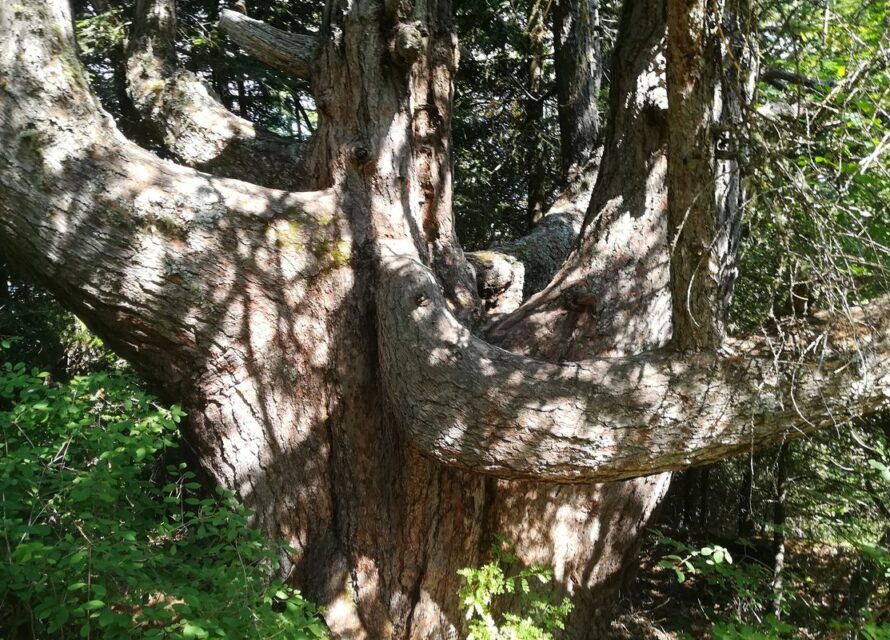
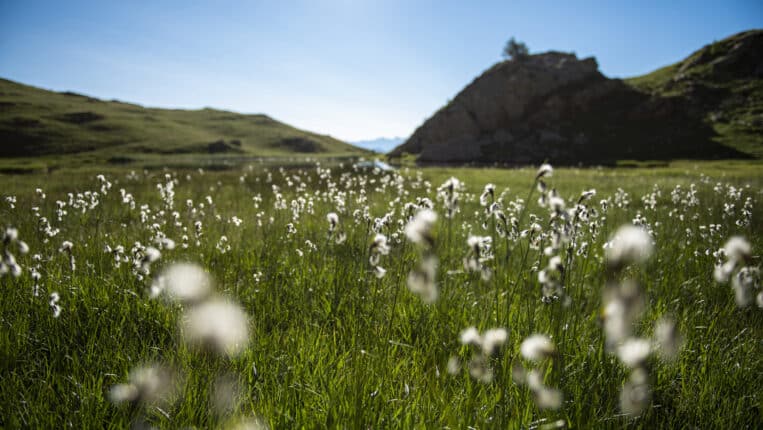
Now that we've talked about fauna, let's move on to the flora of Serre-Ponçon? Are there any emblematic flowers of Serre-Ponçon?
The most representative of our trees is undoubtedly the larch, with its luminous forests and flowering undergrowth. Scots pine is also widespread. There are also some very fine beech forests in the west of the département. They extend as far as Boscodon, then disappear as the climate no longer suits them. As for flowers, it's the high-altitude ones that are the most prized: gentians, soldanelles and many others, including of course the famous génépi! Fox's-tail astragalus is a rarity, particularly in Puy-Saint-Eusèbe. Opposite-leaved saxifrage, the altitude record-holder at 4080m on the Barre des Ecrins, hides in the rocks.
-
Are we allowed to pick them?
It depends what and where. In the core zone of the Ecrins National Park, it is not possible to pick flowers. When you think about it, what's the point of picking such fragile mountain flowers? There's an appropriation aspect to picking them, so I invite everyone to admire, photograph and smell them instead, but to leave the pleasure of enjoying them to those who follow you. If leaving a beautiful flower by the side of the path is a sign of respect for living things, it's also a gesture full of consideration for the next walker...
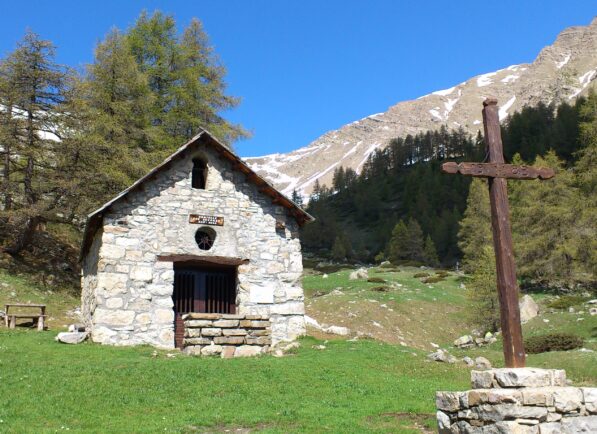
Do you have a little anecdote to tell us about your nature outings?
One day, on an outing to Mont-Guillaume (at the easily accessible Belvédère de la Parre), I was looking for wildlife with my binoculars. As I approached the fence, I came across a golden eagle, which spread its wings and flew off. That wonderful sighting is still fresh in my mind today.
-
Can you recommend a walk that reflects the magic of Serre-Ponçon?
The Belvédère de la Parre on the Mont-Guillaume bypass is a beautiful spot, undoubtedly one of the best viewpoints on the lake and the mountains of the Parpaillon massif. You can see golden eagles, small melezin passerines, titmice and crossbills... I really like this place, which is easily accessible, even for people who can't or don't want to walk (or don't want to). I've shared many emotions with the many people I've taken there. It's a magical place. Many of the species listed in Embrun's Biodiversity Atlas can be found here.
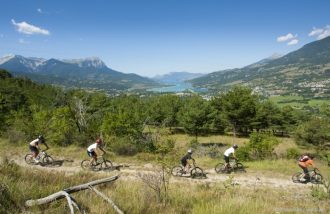
Mountain Bike School - Horizons tout Terrain - Mountain Office
ALL-TERRAIN HORIZONS: MTB SCHOOL but not only! Discover our MOUNTAIN BUREAU: VIA-FERRATA - CLIMBING - CANYONING - HIGH MOUNTAINS - RIVER WATERS (rafting, hydrospeed, airboat) TRACTICAL SHOES - WATER SKIING - ACCROBRANCHE - - -...


